How sustainable is farmed salmon? It is a question that explodes into the public eye every so often, making a splash before sinking beneath the waves. But maybe not this time.
Seaspiracy, the controversial Netflix documentary, and an exposé by Compassion in World Farming (CIWF), have put Scottish salmon firmly in the spotlight. “If you ask me what the most sustainable farmed fish is, I’d say beef,” quips Phil Brooke, CIWF research and education manager.
Indeed, watch the show or read the report – which raise concerns about migratory fish cramped in cages, environmental pollution from waste and the use of wild fish or soya for feed – and you’d be forgiven for shunning that salmon steak the next time you head to the supermarket. But should you?
That’s certainly what some campaign groups want to see. Don’t eat fish (or meat or dairy) is their message. If only making sustainable purchasing decisions was that simple.
In some categories we have the information (and the inclination?) to weigh up what the ethical or environmentally-friendly choice is. This could be coffee certified as Fairtrade, a dairy-free milk with a low carbon footprint or a pack of bacon from extensively-reared pigs. What we select will depend on our values, our budget and, critically, the information we are presented with.

When it comes to the salmon on supermarket shelves, in the local fishmongers or farm shop, it’s not quite as straightforward. Did you know, for example, that all the Scottish salmon on sale in the UK is farmed rather than wild caught? If you didn’t you are not alone: just five per cent of people surveyed in 2019 by Fidra, a Scottish environment charity, were aware of that fact.
In March, Fidra published an analysis of the labelling used by the UK’s ten biggest supermarkets on their Scottish salmon products: only four provide any information at all on where the fish had come from other than it being ‘farmed in Scotland’. When there is a name, it is “extremely hard” to find out the environmental performance of that farm, says Clare Cavers, who is leading the charity’s ‘Best fishes’ work to improve transparency.
Something to hide?
Retailers have done little to challenge our misperceptions of the salmon on their shelves: Tesco Finest salmon fillets are in packaging with an image of a rippling blue ocean; Waitrose uses an image of a sea loch. “Putting farm names on packaging is a simple action that shows consumers a fish is farmed, as well as providing a way to find out more about how that fish was raised,” says Cavers.

Greater transparency is key. But having been the subject of everything from Panorama exposés and parliamentary inquiries, to Netflix shows, many in the industry have become wary. Anne Anderson, head of sustainability at Scottish Sea Farms, isn’t one of them. A few moments into our video call she invites me to see some of their farms, which are based all around Scotland. “I love the fact people are curious [about what we do],” she says, encouraging people to come and see for themselves.
By ‘people’, she means the public, journalists and (perhaps in particular) NGOs. This reminds me of something Terry A’Hearn, chief executive of the Scottish Environment Protection Agency (SEPA), said to me last year: “There are not many places I’ve regulated where we’ve had such controversy around a whole sector. It’s a tricky and complex one to regulate.”
In 2018, MSPs criticised SEPA and other regulators for a “light touch” approach to enforcement of the aquaculture sector.
A new regulatory regime was launched in 2019, which included “tighter standards” for the organic waste that comes from farms, plus “more accurate” modelling to determine how this waste impacts the local environment. Some campaigners aren’t convinced though: it’s designed to support further industry expansion, they say.

Salmon production in Scotland is currently around 170,000 tonnes a year but the ambition is to reach 350,000 by 2030. CIWF wants a moratorium on growth, arguing that the sector is “rife with fish welfare issues and serious environmental problems”. An inquiry by MSPs in 2018 found “insufficient evidence” to support such a move; they did however warn the industry that it must face challenges such as the control of sea lice, lowering fish mortality rates and reducing the sector’s impact on the environment “as a priority”.
Regulatory compliance is improving: the most recent figures show 87 per cent of salmon farms were rated ‘good’ or ‘excellent’, while the number of non-compliant farms (13 per cent) dropped. Anderson talks of going “beyond compliance” and there has been a notable increase in the amount of data the sector is willingly publishing – on everything from sea lice statistics to antibiotic use. “We’ve always asked for greater transparency and data in everything,” says Professor Dave Little, from the Institute of Aquaculture at the University of Stirling.
The fish farm sector will also need to provide evidence for its low carbon footprint claims for salmon, such as how different feed could reduce emissions. Novel ingredients like insects are being used to replace fishmeal and soya, for example.
“We need to make sure the bulk of that pellet has been digested and used,” says Anderson, who says her farms are using 50 per cent less fishmeal and fish oil than a decade ago. One of the headline targets in a new sustainability charter, published in November and spearheaded by Anderson when she was sustainability chief at the Scottish Salmon Producers Association, is for 100 per cent of feed to come from “sustainable sources”.
The document also details more ambitious improvements to fish welfare. An RSPCA Assured spokeswoman tells Wicked Leeks that its scheme will soon cover 100 per cent of Scottish salmon farms (only laying hens come anywhere near that kind of market penetration with 62 per cent), while the Aquaculture Stewardship Council is looking to bring in more aspects of welfare into its certification scheme.
Certification itself is already coming under greater scrutiny, though. Seaspiracy levelled fierce criticism at the Marine Stewardship Council’s scheme, for example. And however robust the auditing, or low the emissions, or high the welfare standards, Scotland’s salmon producers – like those of meat on land – are facing the same question: better fish is a fine ambition but shouldn’t we also be eating less of it?

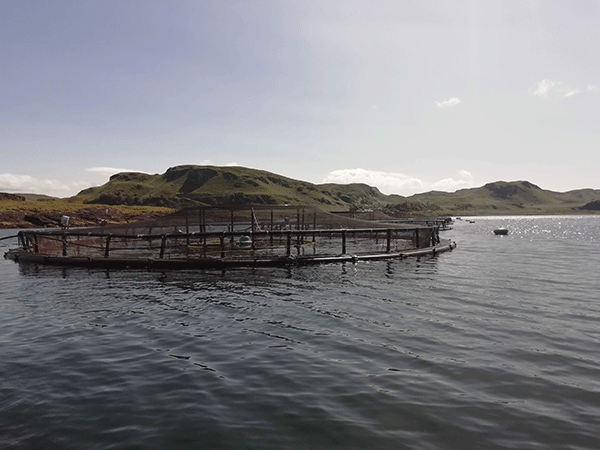
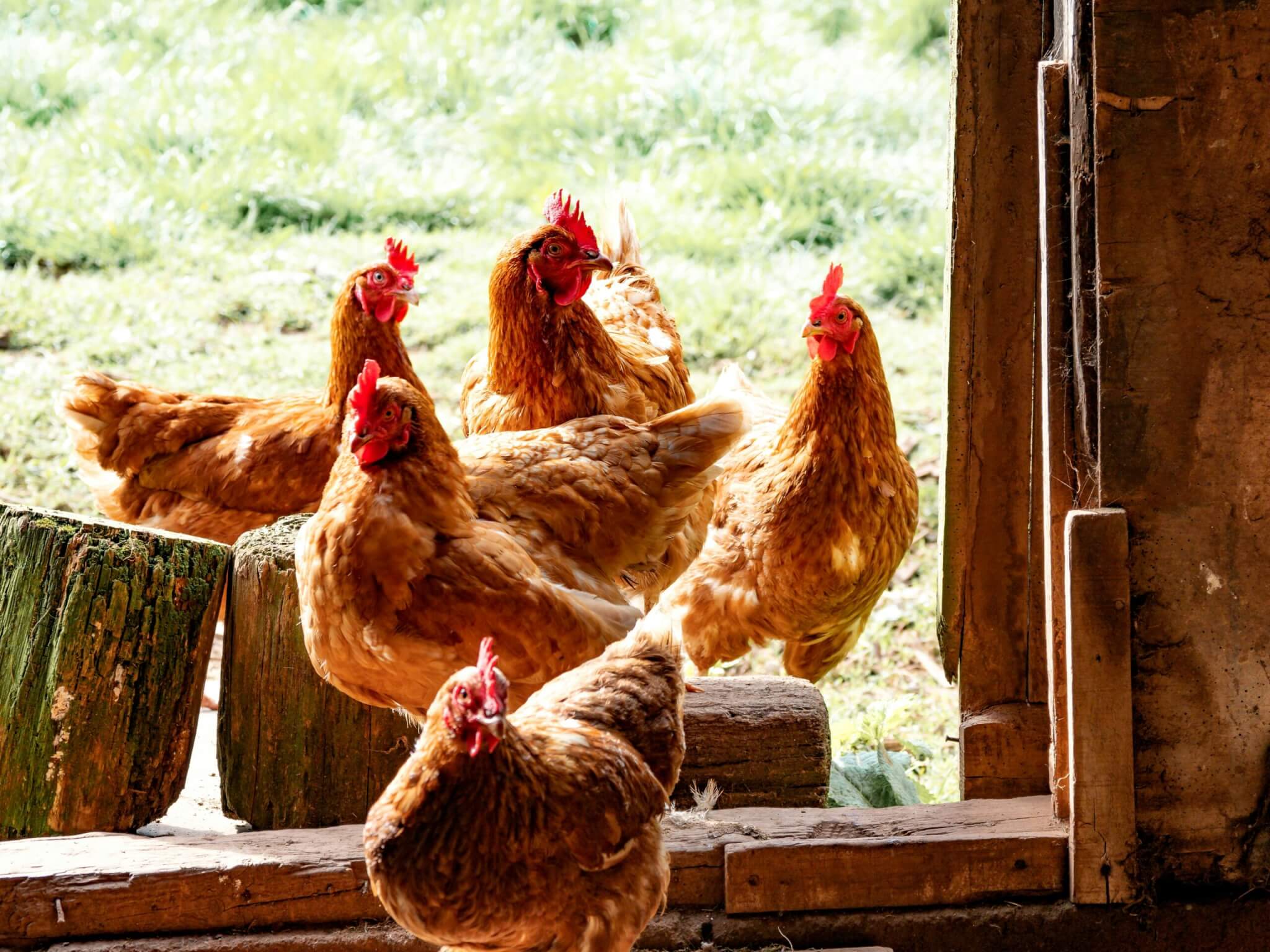
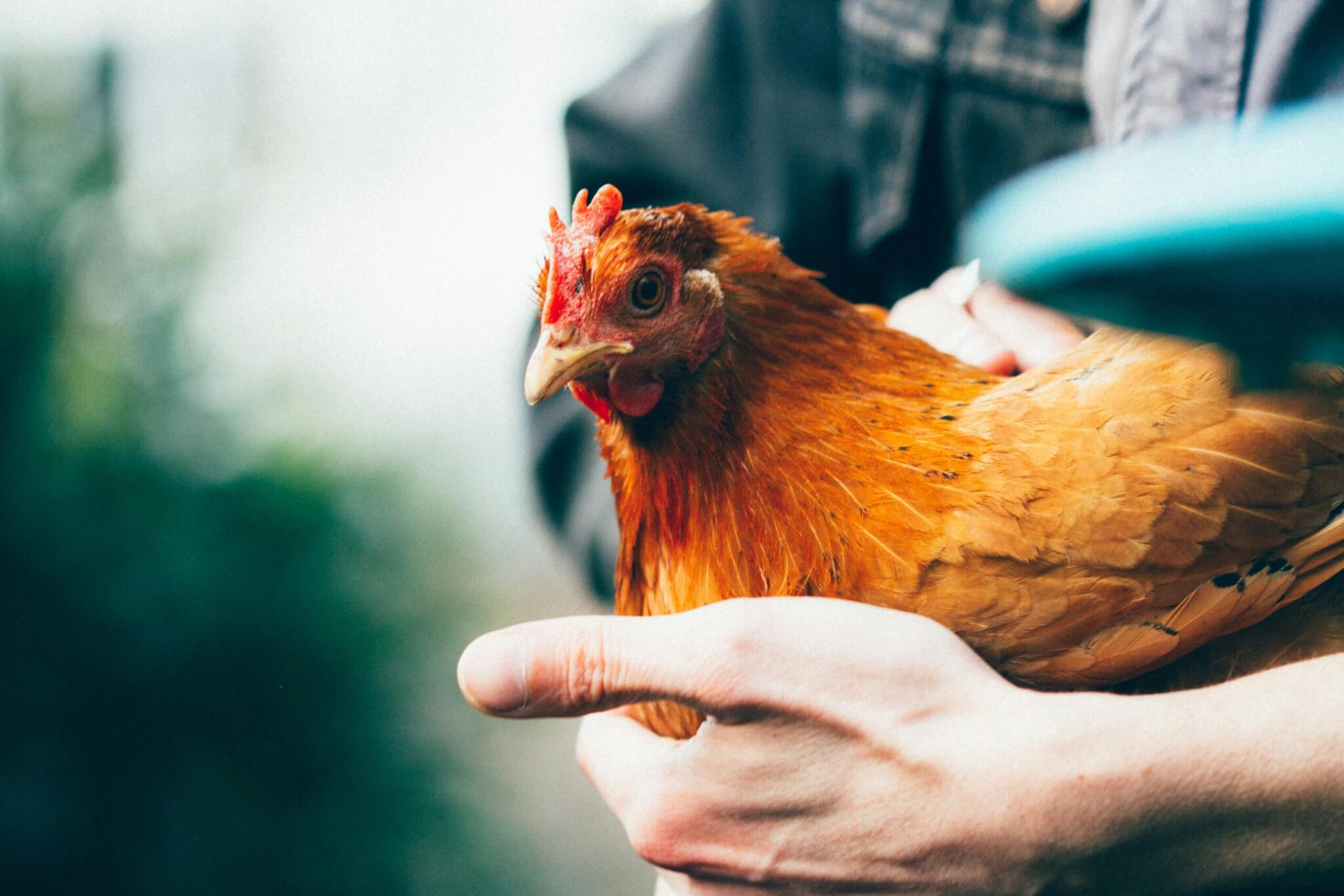
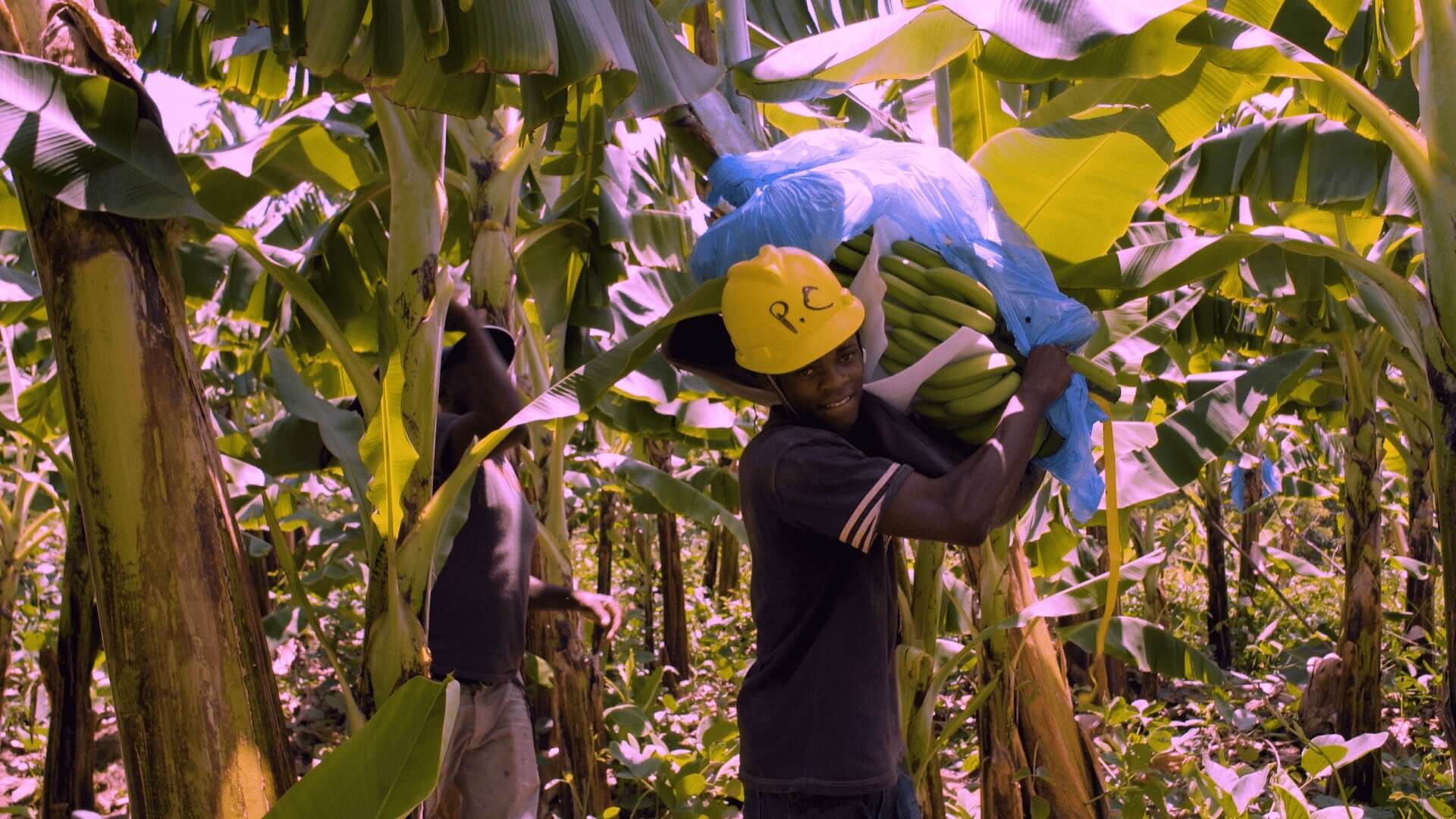
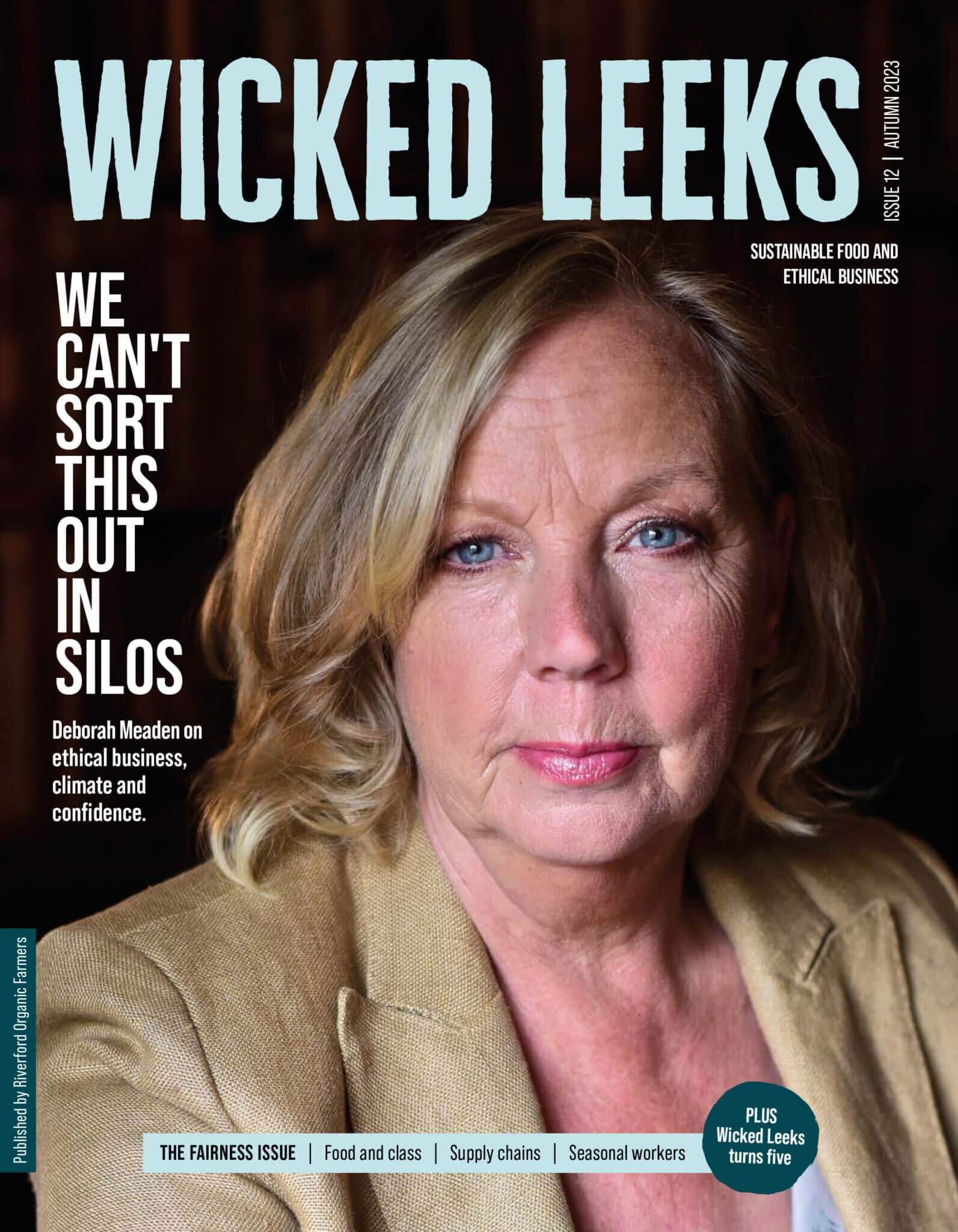
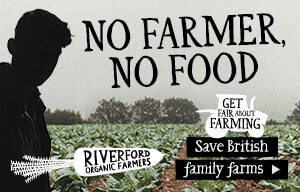
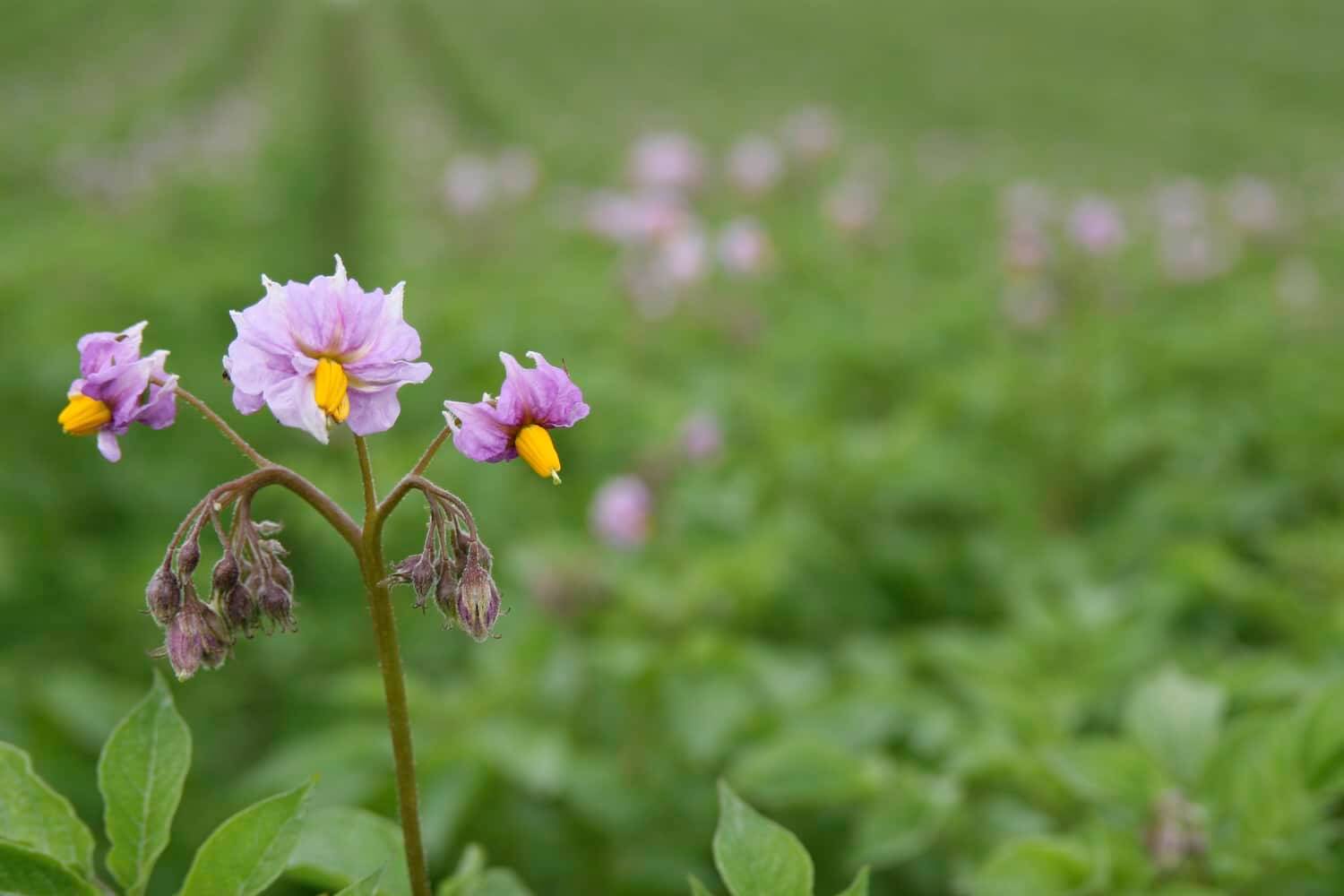
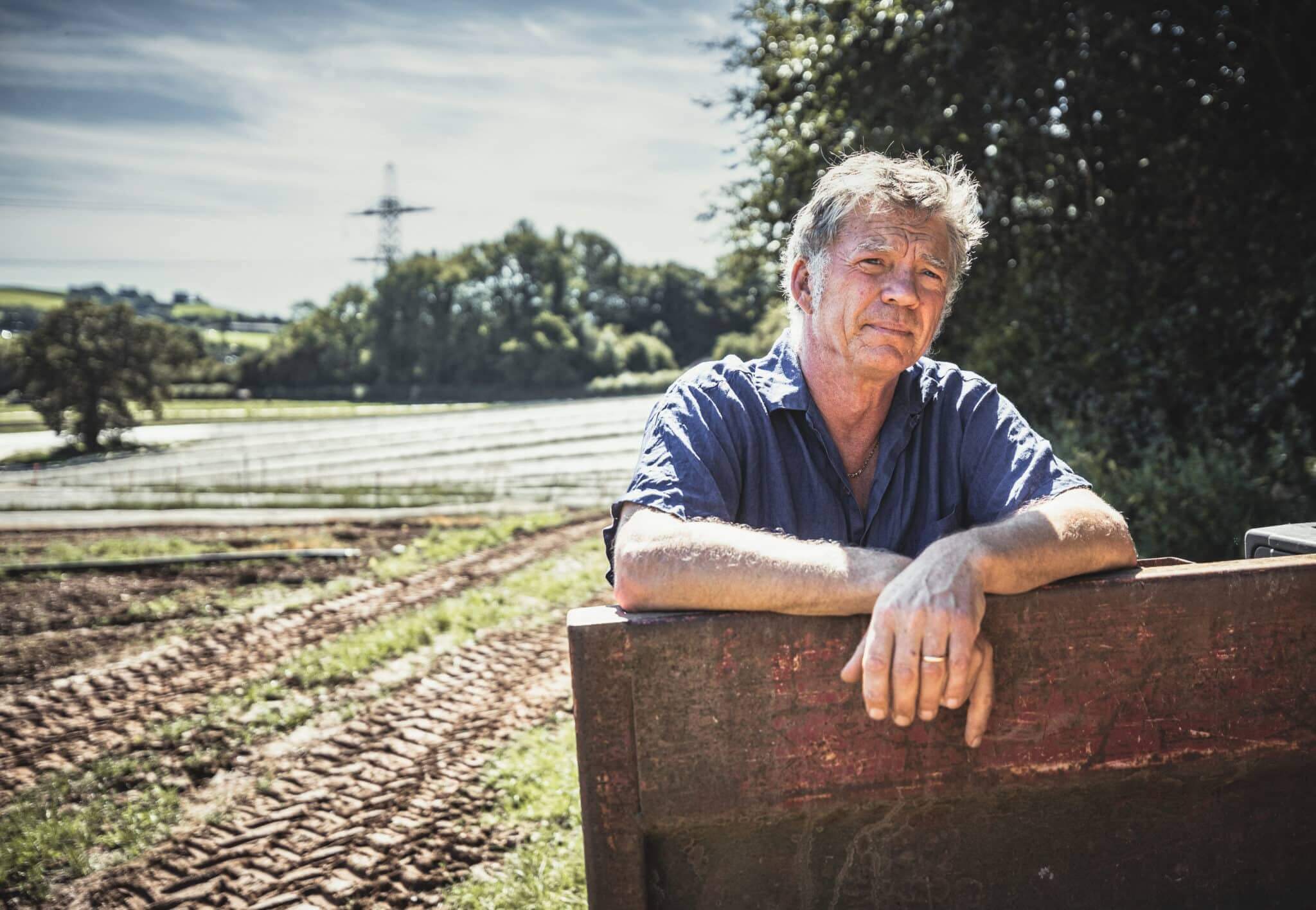
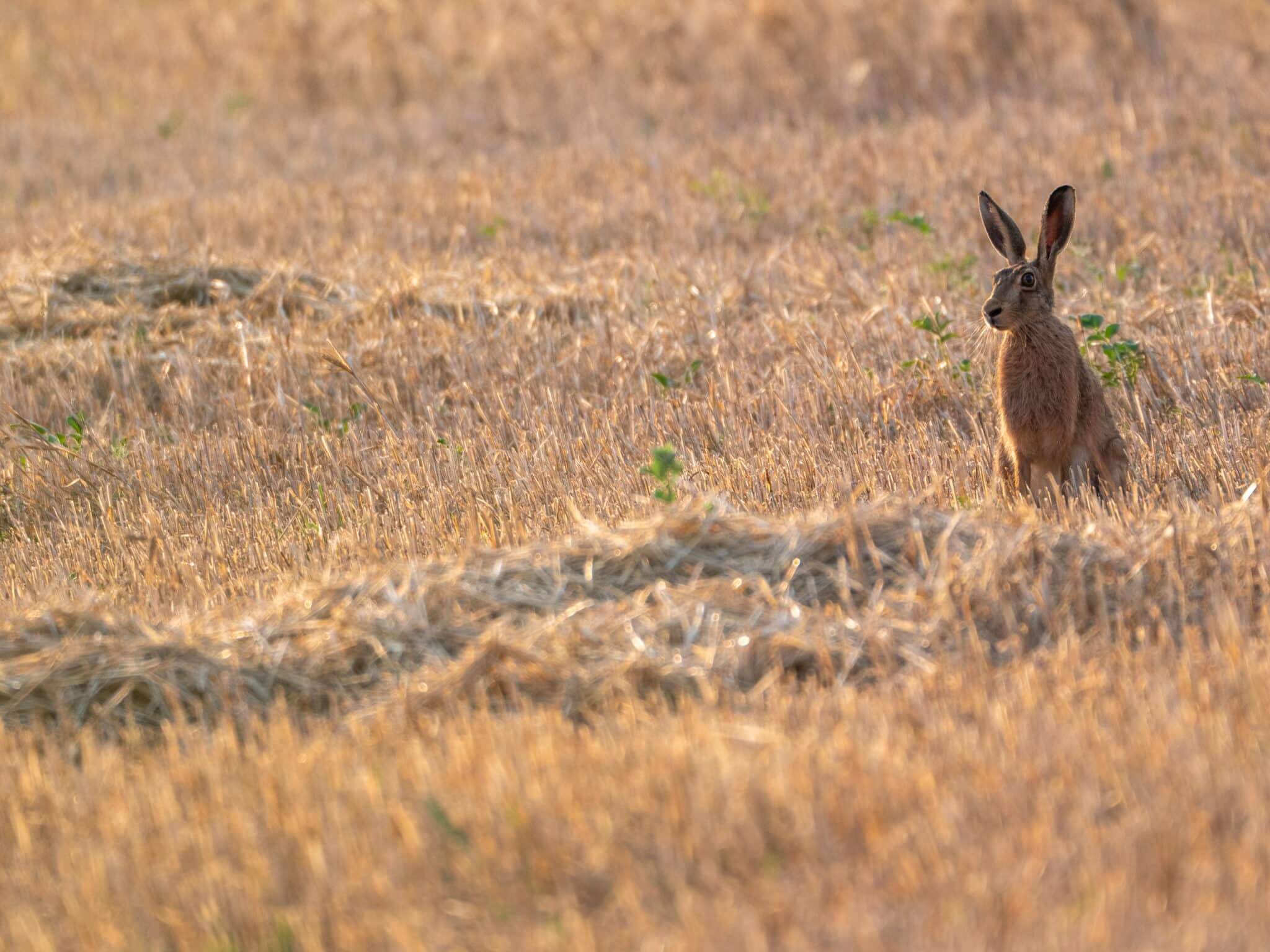
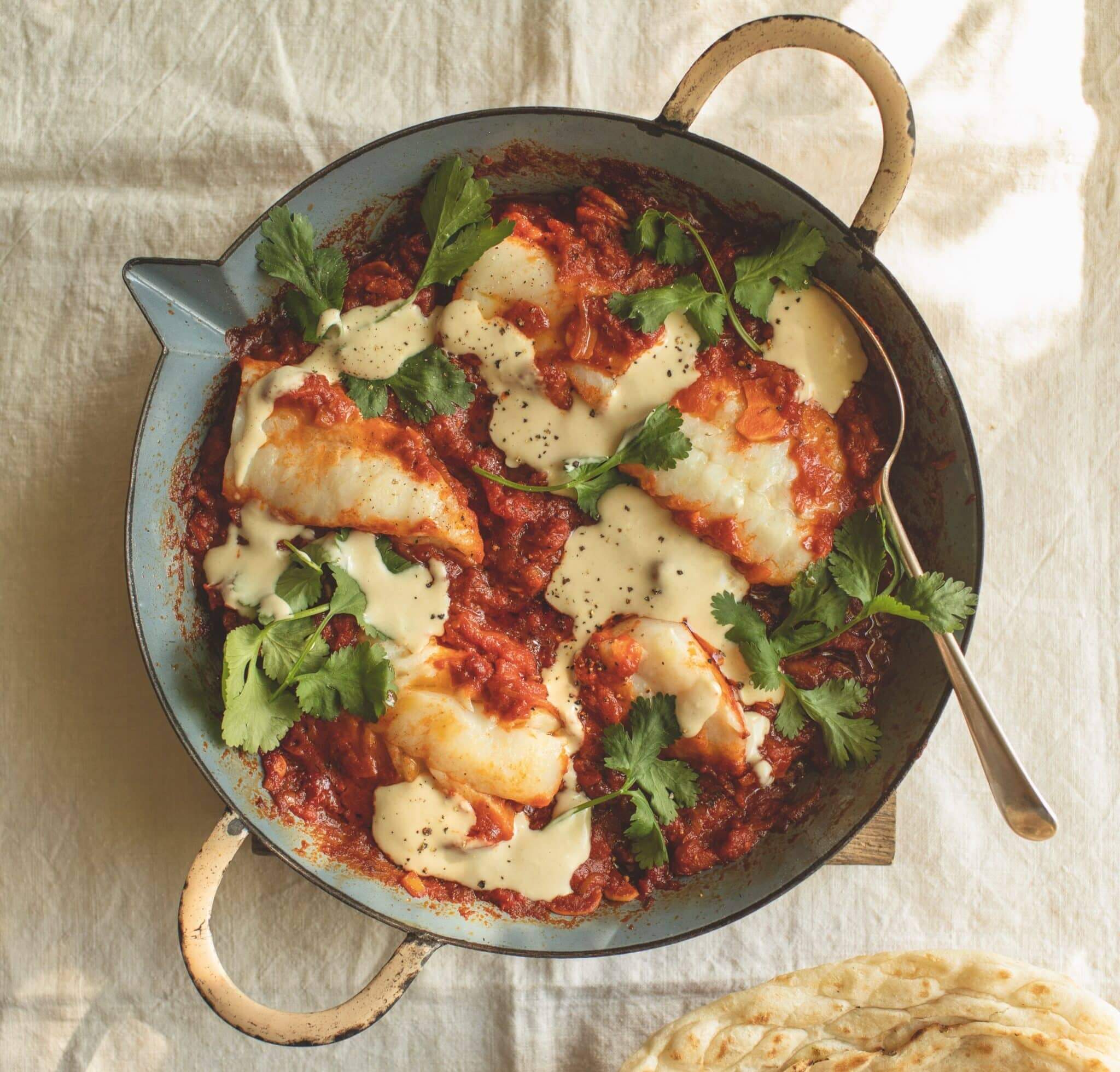
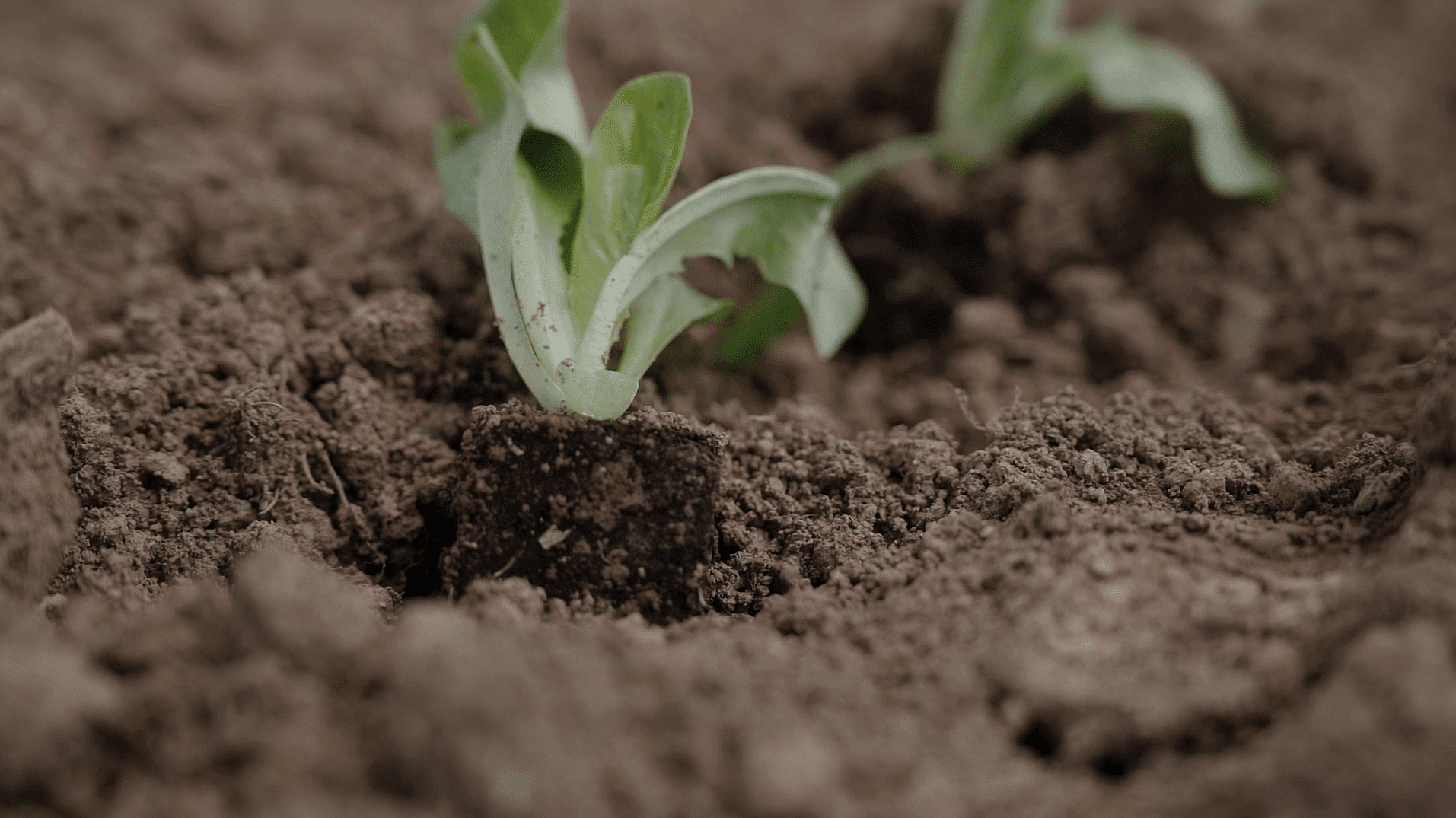
It is right that consumers should be informed as to where their salmon comes from, the conditions in which it is raised and the methods in which it is harvested. In Scotland, salmon farming is the most regulated of all farming industries. The meat is verified as having either no trace. or the lowest trace of any meds/chems in the flesh. This is way lower than pork, chicken, beef. Further, salmon converts protein in the ratio 1.1:1 compared to say beef at 8:1. Scottish farmed salmon has the lowest carbon footprint of all farmed animals. I haven’t mentioned the fact that it is one of the most heathy foods to eat. Omega 3 being just one of the benefits to humans. All in all, Scottish farmed salmon is a marvellous, health, tasty food and very importantly, it’s sustainable. What’s not to like?
Hi derek, I would be interested to hear from anyone who has looked at the nutritional content of farmed salmon – compared to wild, it seems fattier and less lean, which makes sense as it is not able to swim the vast distances that wild salmon do. Also, is the omega 3 content the same, as it is eating a diet that is manufactured feed?
I always buy Atlantic wild salmon
Its true we do get omega 3 from fish but why does advice for pregnant women tell them to limit consumption of fish. Is it because of all the mercury and nasty chemicals we would also get? Leave the fish alone, let alone the sharks, turtles etc. We need a different way to fish.
What about Organic Salmon? Is that really possible?
What must be remembered with all living creatures is the fact that they consume various “foods” to give them energy; we all do it – we have to or we die..
With both land and air dwellers (other than plants) that is no problem, it falls away from our bodies and we move away from it. Sadly with water dwelling creaures whilst this is true for “wild” fish the farned fish on the other hand is captive inside its enclosure or tank from which both it and it’s excetia do not move away from each other. thus you much acclaimed farmed salmon swims aroumd all day (and night) living on top of a pile of it’s own 5h1t!
Enough said!
The flesh of farmed salmon doesn’t stand up to the canning process, so why would I eat it in any form? All salmon sold in Atlantic Canada large markets are farmed. Restaurants routinely serve farmed salmon. I refuse to buy it. Both salmon and trout are/have been farmed locally and have resulted in torn nets (escapees), salmon “waste” fouling the water, as well as medicinal food additives dissolving in the water. All farming should be done in huge tanks on land to preserve our sea waters. It’s too darn bad that land farming costs more; why should fish farmers use and misuse our sea water for less cost than any other farmer would have for land?
Some New England fisheries label the entire catch as it goes to market, naming where the fish was caught and by which boat. This promotes pride in product as well as providing the possibility of tracing the source – to praise or to scold.